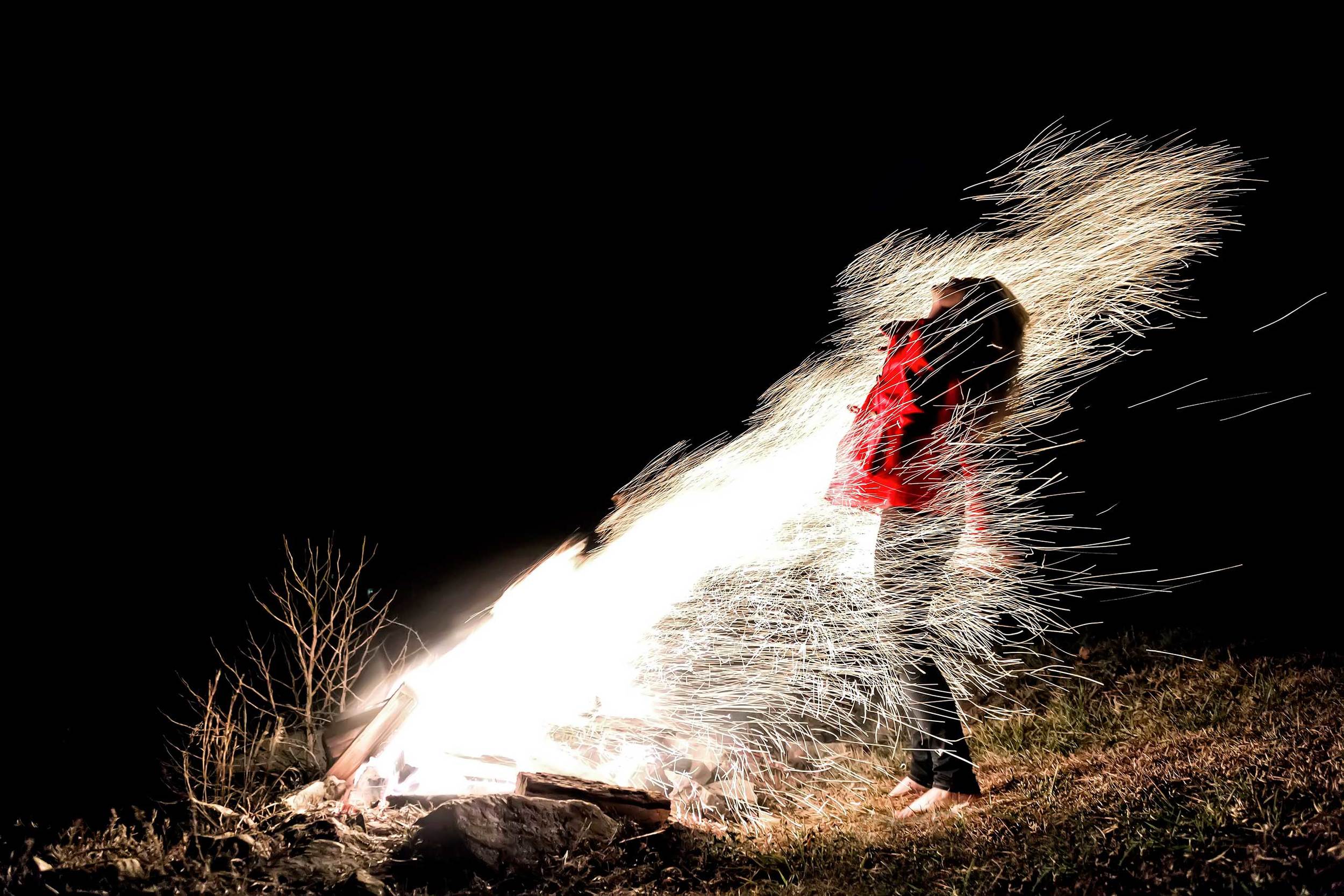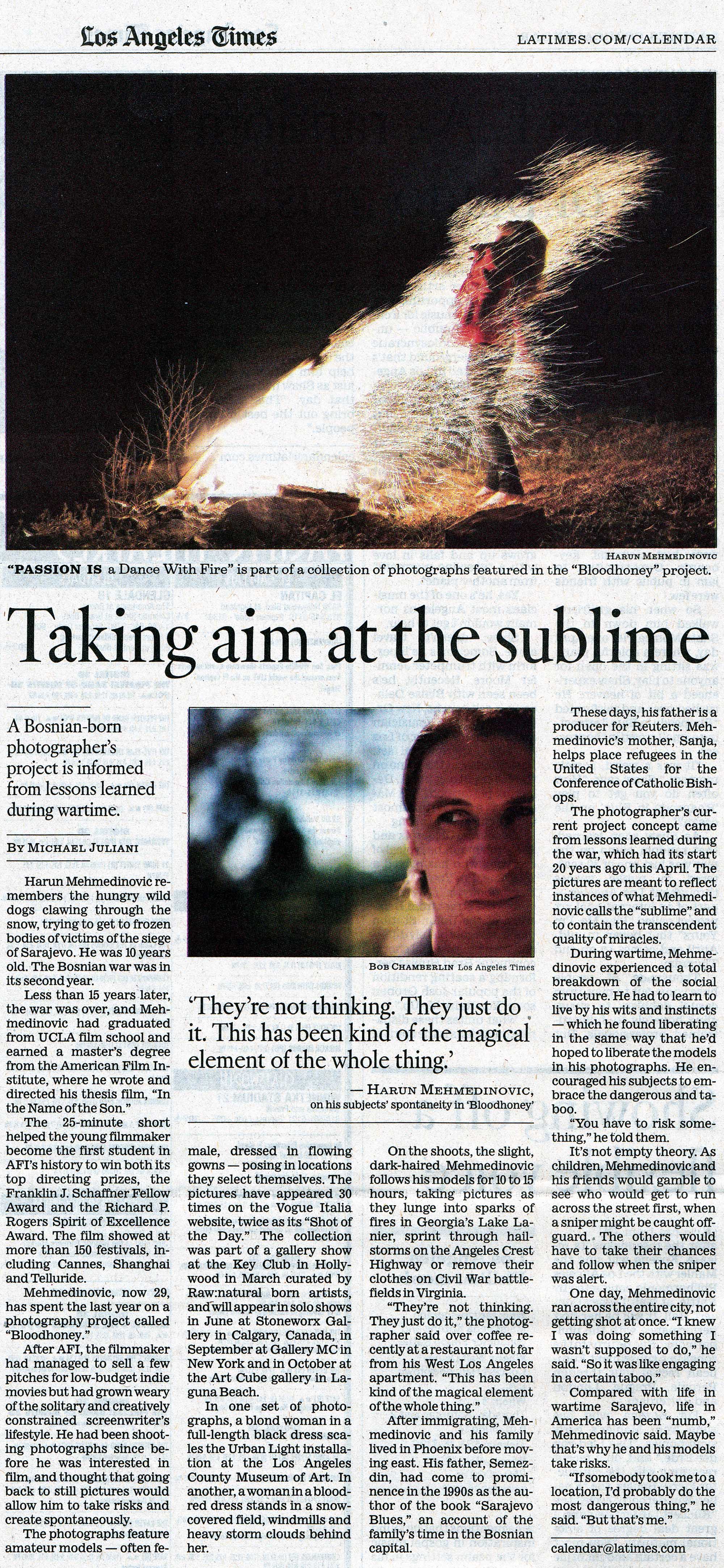V&M feature sale of Bloodhoney* Prints /
Vintage & Modern has launched a feature sale of Bloodhoney* photo prints, check it out at: http://designintell.vandm.com/2013/03/harun-mehmedinovic
Bloodhoney* "Seance" sets Kickstarter records /
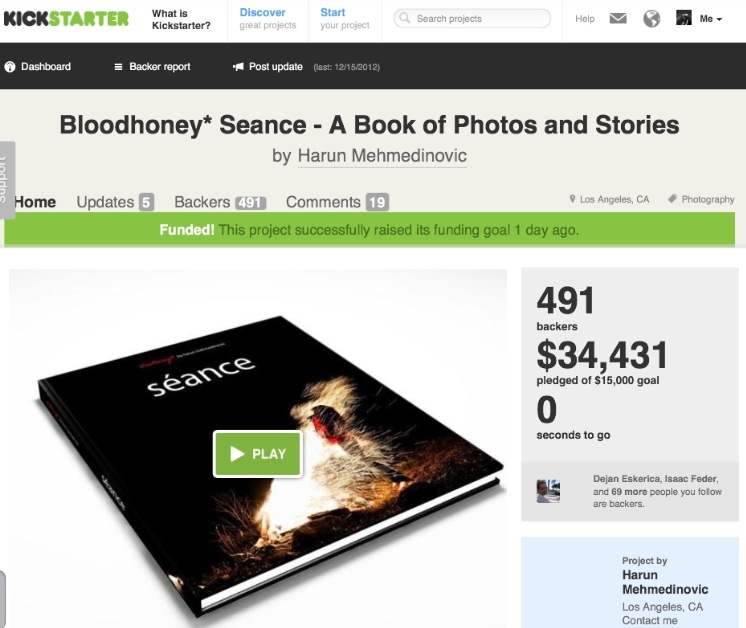 Bloodhoney* Séance - A Book of Photos and Stories closed it's Kickstarter campaign as the 9th most funded Photography campaign of all time, reaching nearly $35,000, and going 220% over the initial funding goal. Thanks to all the supporters of the project!
Bloodhoney* Séance - A Book of Photos and Stories closed it's Kickstarter campaign as the 9th most funded Photography campaign of all time, reaching nearly $35,000, and going 220% over the initial funding goal. Thanks to all the supporters of the project!
http://www.kickstarter.com/projects/harun/bloodhoney-seance-a-book-of-photos-and-stories
Bloodhoney* featured on the front page of The Understanders: American Athenaeum /
Vogue Italia, Sept. 2012 Issue Features Bloodhoney* /
Bloodhoney* featured on the front page of Colossus: American Athenaeum /
Vogue Italia Exhibition /
On July 19, at the Carla Sozzani gallery at 10 Corso Como opens the exhibition A glimpse at Photo Vogue - 101 photographers/101 pictures: 101 shots by 101 different photographers, some of the best photos published in this space, you're all invited.
We are excited to offer some of the best artists participating in Photo Vogue this opportunity to get to be known, we would have liked to include many more than the 101 selected, but for obvious reasons of space, the exhibition will be only an amuse bouche of excellence that today Photo Vogue represents and there soon will be other initiatives.
Photo Vogue is an international reality. The 101 photographers selected for this show actually come from: Argentina, Armenia, Australia, Belgium, China, France, Germany, Japan, Great Britain, Indonesia, Ireland, Italy, Norway, Poland, Romania, Russia, Scotland, Serbia, Singapore, Slovakia, Spain, and the U.S.
The exhibition will be open until August 10, the photographs are all for sale, this time the gallery has given up his commission. All proceeds will go directly to the photographers.
OPENING HOURS:
Monday: 15.30 19.30 Tuesday to Saturday: 10.30 - 23.00 Sunday: 10.30 19.30
Published: 06/27/2012
http://www.vogue.it/en/people-are-talking-about/vogue-arts/2012/06/101-photographers
[gallery link="file" type="slideshow" ids="84,89,91,94,95,96,97,98,99,100,101"]
Vogue Italia, June 2012 Issue Features Bloodhoney* /
Coastline Pilot: "Artists from a war-torn land showing in Laguna" /
May 24, 2012 | By Joanna Clay

When Green Cube Gallery owner Sejla Holland reached out to Bosnian artist Harun Mehmedinovic for "Bosnian Born," he remarked that he hadn't seen such an exhibit done before.
And when Mehmedinovic, 29, looked over the exhibiting artists lineup, curious if he'd see some familiar names, he paused upon two of them: Seyo Cizmic and Kemal Hadzic.
Mehmedinovic knows the two men from Bosnia. When he was around 9 years old, his family fled his city under siege. The men took them in.
"Had they not been there ... I wouldn't be alive," he said.
Mehmedinovic, Cizmic and Hadzic are three of 24 artists featured in "Bosnian Born," which began May 20 and runs through Sept. 1.
The free exhibit showcases Bosnian artists who fled the 1992 to 1995 conflict in Bosnia-Herzegovina. The works in the exhibit are varied, from clothing and jewelry to paintings, furniture and photography.
"It was just a testament that the creative spirit was not damaged by something so invasive as war," Holland said, a fellow Bosnian refugee who fled in 1994.
Edina Seleskovic's mixed-media pieces for "Bosnian Born" show snapshots into her memory of her homeland. Incorporated into the charcoal sketch of a writhing body of an undressed woman are images of Bosnian women and history. Outside the body are excerpts from newspapers.
Ivan Hrkas' pop culture-infused work is a juxtaposition to pieces like Seleskovic's. He uses Bosnian women to depict icons from the 20th and 21st centuries, such as Anne Frank and Amy Winehouse on one wall and Frida Kahlo and Twiggy on another.
Photographer Dean Zulich, who shoots for Playboy Magazine and appeared on the Vh1 reality show "The Shot," started a new body of work for the exhibit. One of the pieces from the series, "Mask," sits in the gallery's window. He said he was honored to be part of the event and commemorate his country.
Mehmedinovic, a filmmaker by trade, submitted a photograph from a project he's working on called bloodhoney.
His photograph features a woman walking through a snowstorm. It was a rare moment captured 30 minutes outside Los Angeles, he said.
Hadzic's photography show distinct contrasts. On one wall is a black-and-white image, taken during the war, that shows empty streets at dawn; on another wall are shots from his life in Arizona, featuring similarly deserted nature landscapes.
Mehmedinovic came with Hadzic to the United States in 1996, where'd he go on to graduate from UCLA and attend the American Film Institute. Mehmedinovic said one of the first photographs he ever took was with Hadzic's camera.
"Just by chance, [Holland] found them and grouped us all together," he said. "There's some kind of higher voice at work. There was something else to bring us together. I can't believe it is by chance."
Other artists in the show include Bojan Bahic, Lejla Hodzic, Ajla Durbuzovic, Amila Hrustic, Numan Huseinbegovic, Mia Hebib, Amila Hodzic, Milan Senic, Endi Poskovic, Nebojsa "Shoba" Seric, Irfan Redzovic, Ina Soltani, Sabina Vajraca, Vanja Lisac, Aida Sehovic and items made by OshYosh, Kao Pao Shu and Rukotvorine.
The Green Cube Gallery is at 264 Forest Ave. For more information, call (949) 494-1550.
Twitter: @joannaclay
Link: http://www.coastlinepilot.com/entertainment/tn-cpt-0525-greencube-20120524,0,2982467.story
L.A. Times: Taking aim at the Sublime /
Escaping the Maze: Interview with Harun Mehmedinovic /
By Dijana Kadic /
Sarajevo-born and LA-based artist Harun Mehmedinović is most known for his short film “In the Name of the Son,” which follows a Bosnian-American refugee living in LA who confronts an enemy from the past who is asking him for help in committing suicide. The film won several awards and was selected for Cannes and Shanghai International Film Festivals. Mehmedinović has now shifted his focus to photography with his project “Bloodhoney” that features starkly beautiful and poetic pictures of individuals surrounded by environments that demand presence and interact and reflect with the subject’s subconscious. A psychological experiment, Mehmedinović talks about the ambitious agenda of Bloodhoney.
Dijana Kadic: You describe your project as “a narrative photography project that aims to strip away the subject’s persona and spontaneously captures a visual metaphor within a self-reflective, improvisational context.” Can you elaborate on this concept?
Harun Mehmedinović: Basically, all of humanity lives in [the structure of] 9am to 5pm. And when people live in structure, their days become predictable. There’s some kind of long-term goal where people are just moving towards something. But in reality, people become depressed and extremely stressed. They lose a flow with life. I’m interested in taking someone that’s in this maze and giving them a chance of a creative endeavor. I look at it as a psychological experiment.
DK: How do you go about this technically?
HM: I ask a person to pick a location from a gut level, somewhere they’d like to go. They pick their own clothes – things they feel comfortable in or maybe have some significance to them.
I want to put them in a different state of mind than they are every day. Usually people are fulfilling somebody else’s expectations in someone else’s system.
So when I put them into a different position, something might happen. They might do something they haven’t done in many years.
DK: How do you go about making something happen?
HM: The first thing they usually ask me is: “What should I do?” I always tell them we’ll see how things come to them. Let’s not force anything. After a while, they get bored or frustrated. You just see them walking around, not sure what to do. And this turns into infantile behavior, where they might pick up a stick and hit it on something, or they jump around. This behavior sometimes grows into something else. It leads to taking chances. For example, if a person is afraid to climb, they climb something. They start doing something dangerous and taking risks. When people get into that mode, that’s when they have a certain rush.
DK: How do people feel after they’ve been through this experience?
HM: Some of these shoots go to 12 or 13 hours. After we stop, they often tell me: “I’d love to do another 10 or 15 hours now.” They’re totally psychologically transformed by this experience, at least for that little bit of time. About half of these shoots, however, are too short to make any significant impact on a person. People don’t have the time.
DK: Did you have any major breakthroughs?
HM: I had people that did some extreme things [laughs].
DK: Like what?
HM: It was less a breakthrough and more doing something they just don’t do usually, such as taking their clothes off. Or they start screaming or doing something illegal.
DK: Who do you photograph?
HM: A lot of Gen Y’s – people born after the mid-70s or so. They’ve lived lives very much under control. From the beginning, everything was laid out. They were going to go to high school, then college, and then they were going to get a job. Well, there are not enough jobs out there. Most of the things they were told are not true.
DK: Your inspirations for this seem to be much more philosophical and literary in nature, above aesthetics. You’ve referenced Rumi, Joseph Campbell, and Hakim Bey. How does this translate to the visual arts?
HM: Ultimately, all visual arts have a certain story telling element. And sometimes this element can merely be to put people in a certain mood.
The reason I reference Campbell a lot is that he sees storytelling as two-fold. One part is rights of passage and the other is stories. Stories basically encourage people, that haven’t gone through certain rights of passage in life, to follow through on their own convictions or passions. Stories basically tell them that there was once somebody like you with this drive in them. They responded to their call to adventure and they found a piece of wisdom.
And Rumi is going to say that you need to just surrender yourself. Forget all the systems and everything around you and surrender yourself to passion.
DK: There are two things I notice about your project: most of your models are women and you seem to focus more on the environment than the subject itself.
HM: The kind of project I’m doing makes men really uncomfortable. I’ve certainly presented opportunities to men and I’m going to work consciously to get more men involved in this project. But men are extremely insecure. They may be secure in front of somebody else but to actually try to attempt something like this, to let go and open up, makes them feel very uncomfortable. And I don’t know the reasons why. [The project] is not sexual in nature. It’s not like they will embarrass themselves.
DK: Maybe they just have bigger egos than women.
HM: Ego is ultimately the left side of the brain – it’s the controlling side. They’re not letting go. And women are just more willing to. Women are more in tune with beauty, whether that is physical beauty or the sublime. And sublime is a big part of this project.
It’s the idea of man in nature, man versus nature, and nature as a more powerful element. It leaves a strong emotional resonance in us. […] It’s meeting something that is perceived to be more powerful than you.
DK: You’re in the process of working with a curator on an exhibition in New York. How are you going to present Bloodhoney?
HM: [Curating in a gallery] is a new experience for me. […] I’m not doing the art as social or moral action, where I’m immediately trying to get people to go change some bad systems. Rather, I’m trying to emotionally and spiritually engage people, whether they are people that are part of the project or people that are viewing the project. Not surprisingly, women tend to respond to the photos far more than men. And it’s not just because it’s mainly women that are depicted. There are plenty of photos that men masturbate to [laughs]. I think it’s the way that it’s shown.
I tend to keep my distance. I don’t encroach on the women in my photographs. They do what they want to do and I let them do it. So it’s not like fashion photography where I’m contorting them into positions.
DK: But you do have photos on Vogue Italia’s website. Does your work have a place in the fashion world?
HM: I had an opportunity to submit for Vogue and I said to myself: “Why not?” Although my photos are not what you’d think of when you think of Vogue, certain pictures evoke an emotional edge. When you look at some of the stuff in Vogue, especially Vogue Italia, they feature a lot of feminine leaning emotional material. It’s things that would appeal to women more in a sensual basis.
What I’m photographing is not something to see on the street every day, like sexualized pictures of women or pets. So most people who will respond to my project are people who are more in tune with their emotions, which is usually women, [and that’s Vogue’s target audience].
DK: What are some pictures that have evoked the most responses?
HM: My friend left a comment [on Facebook] once saying that these women are so unapologetic and raw. She used the word “divine feminine.” Does that mean unprocessed feminine? Free feminine? The idea that these women do what they want and seem to have no fear in some of these images? They’re hovering over abysses and other high places. These are images that in a certain sense could take your breath away – in a sense where you put yourself in their shoes.
Most photographers shove their camera in the subject’s face. They’re literally using the camera as an extension of their penis. I don’t let those women be dominated or sexualized. It’s about submitting yourself to that moment and taking your ego out of the equation.
DK: I have noticed this about your photographs. Even with nude models, there’s no sexual connotation whatsoever.
HM: There’s something about the choice of where you are with that camera – how close you are, how extenuated certain things are. What are you really putting the focus on?
A key distinction of how I approach what I do is that I see my models as subjects, not objects. The difference is a simple one. A model who is an object works to cater to the photographer, a subject is there to be catered to by the photographer.
DK: So you’re providing a service to them instead of them providing a service to you?
HM: Yeah, I guess you could say that.
Link: http://artumjetnost.wordpress.com/2012/02/26/photographyescaping-the-maze/


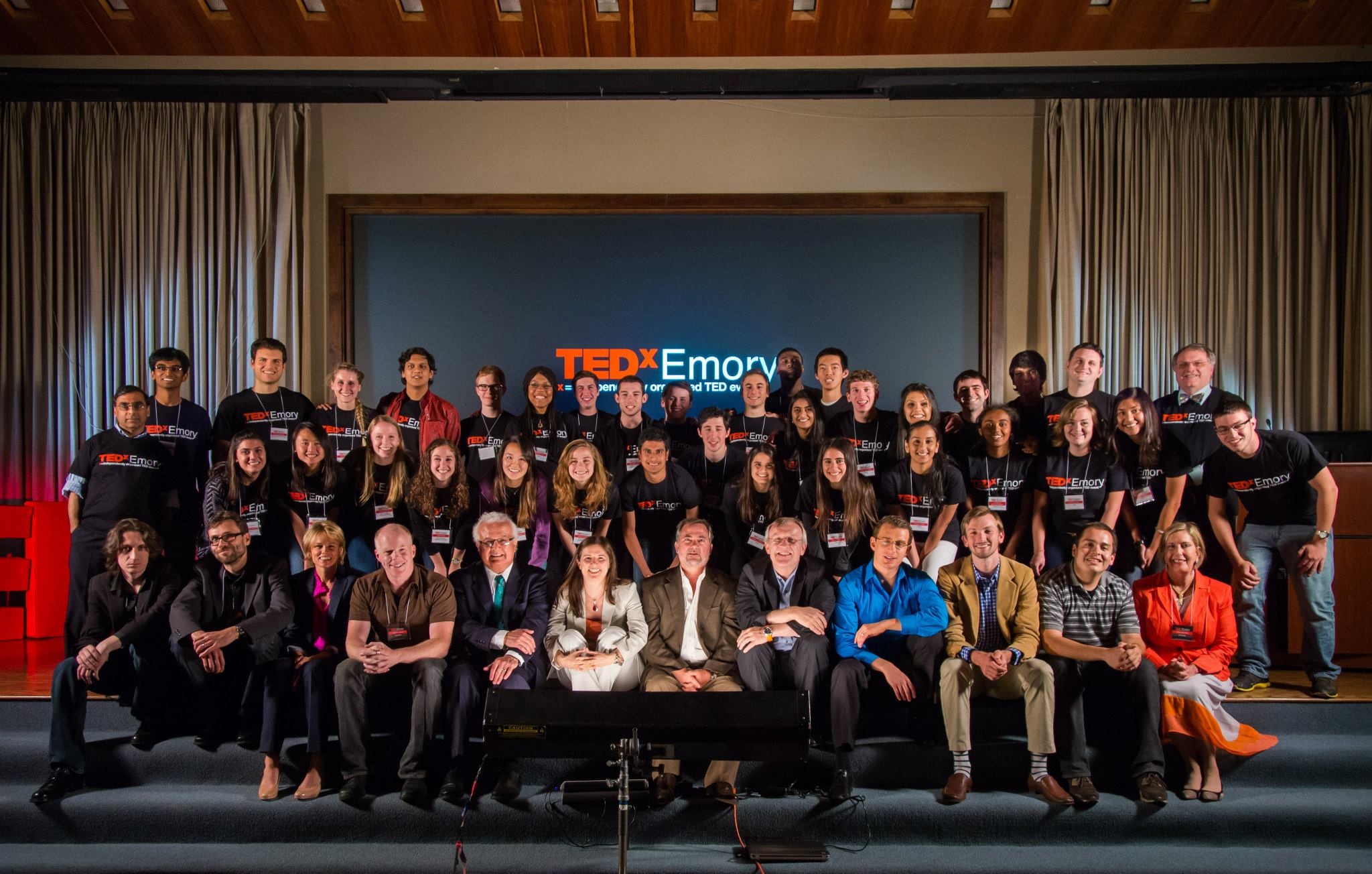
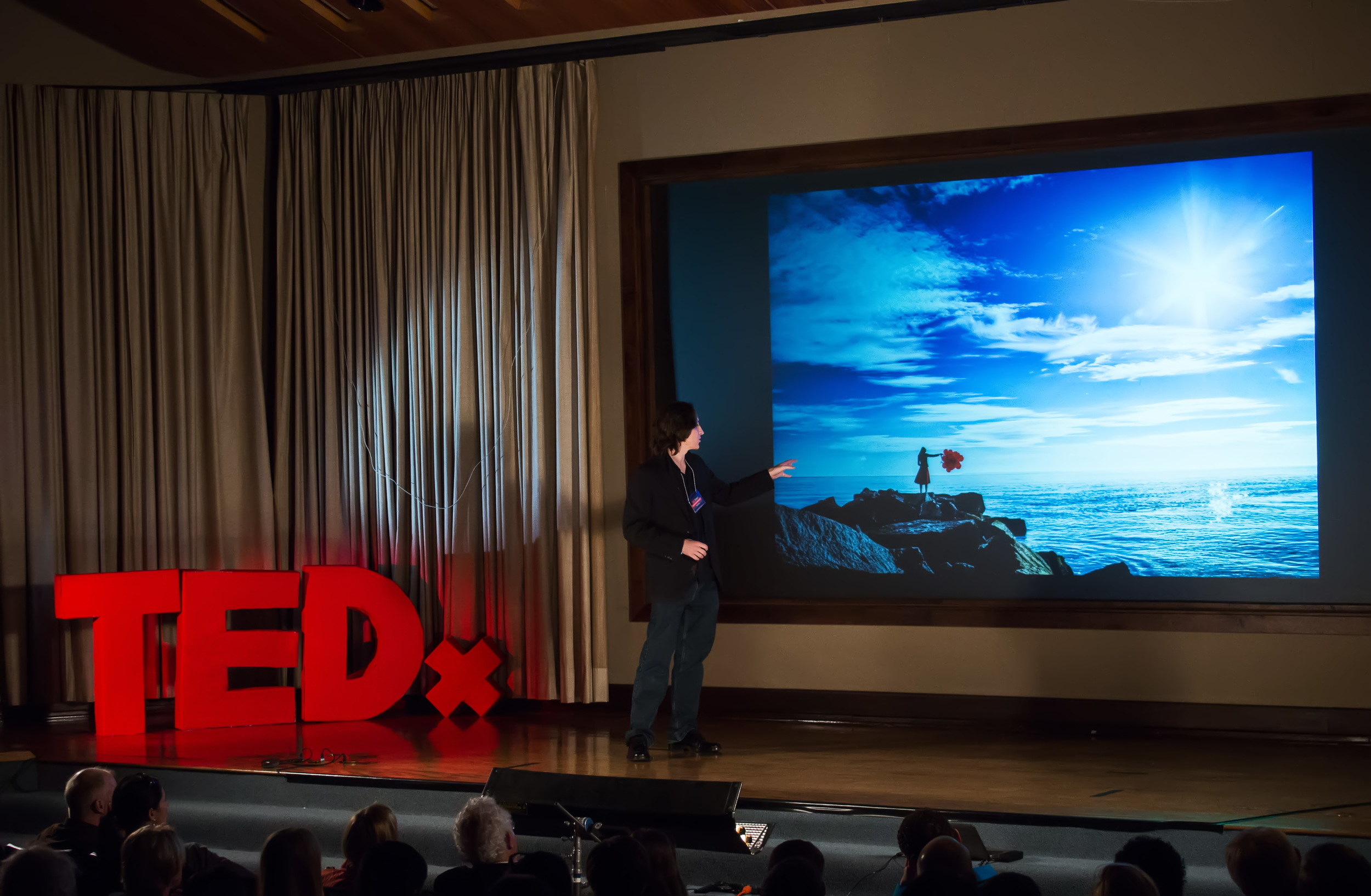

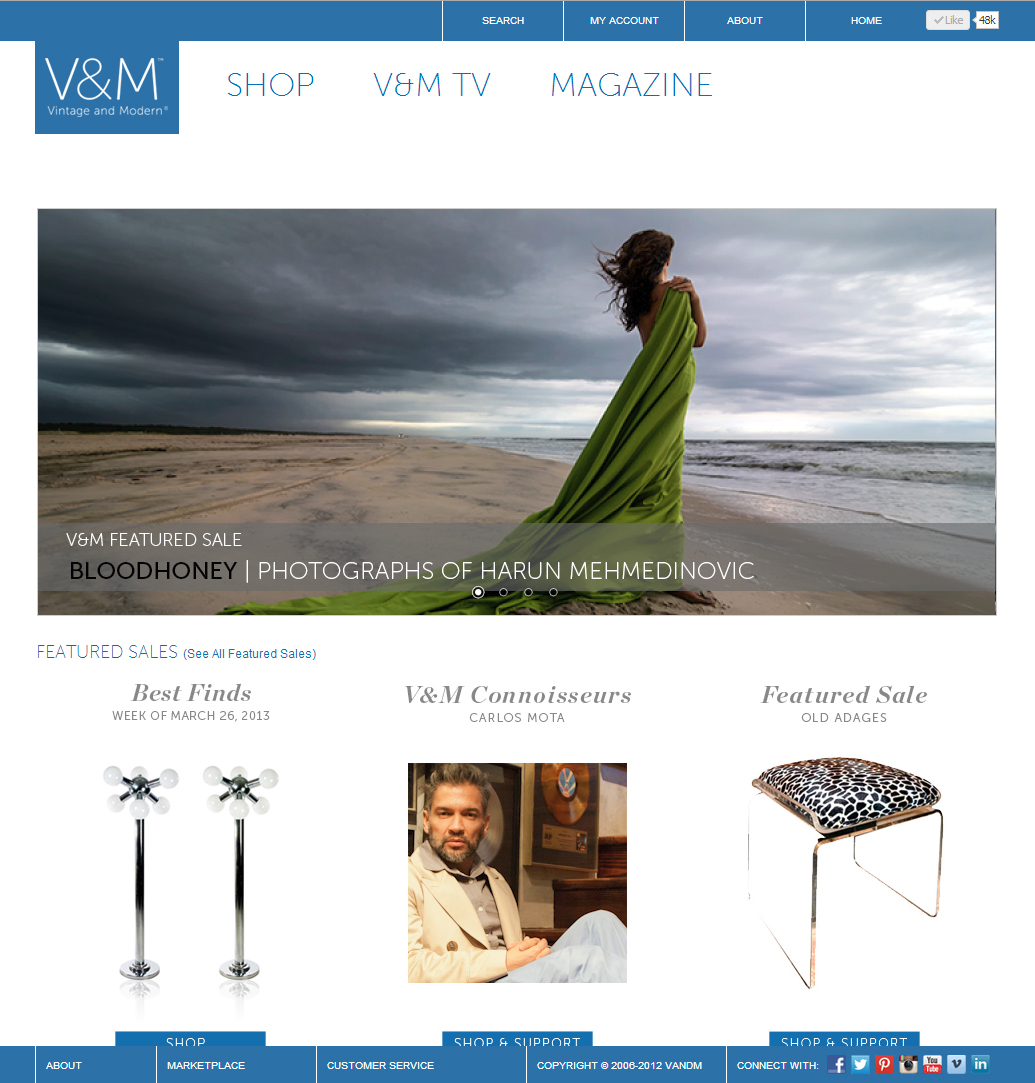
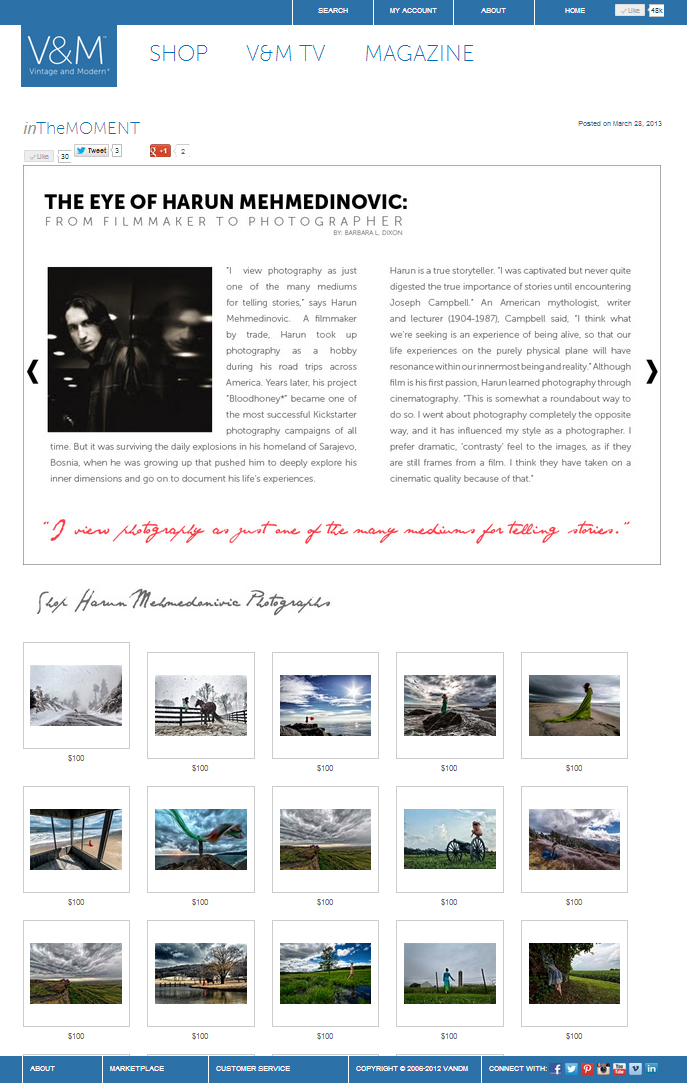


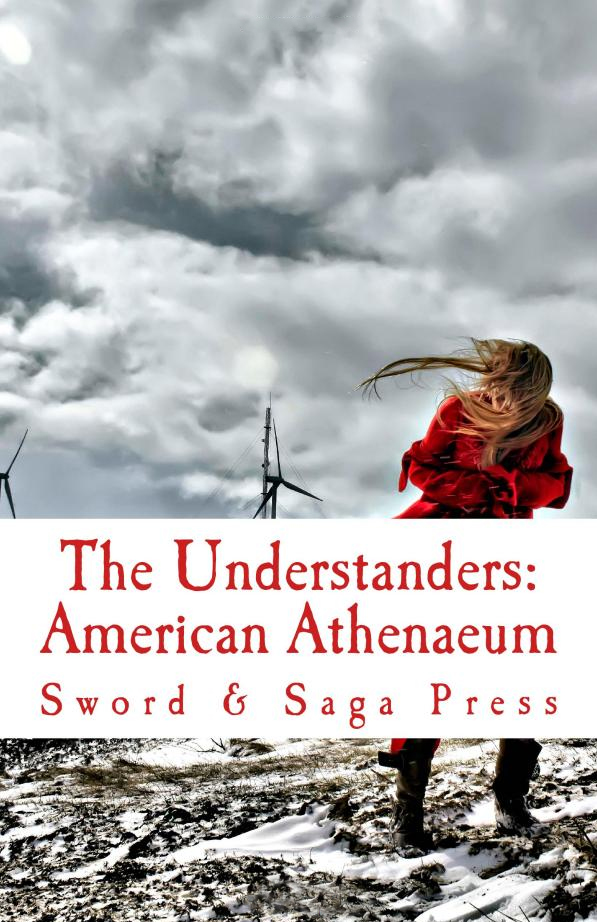

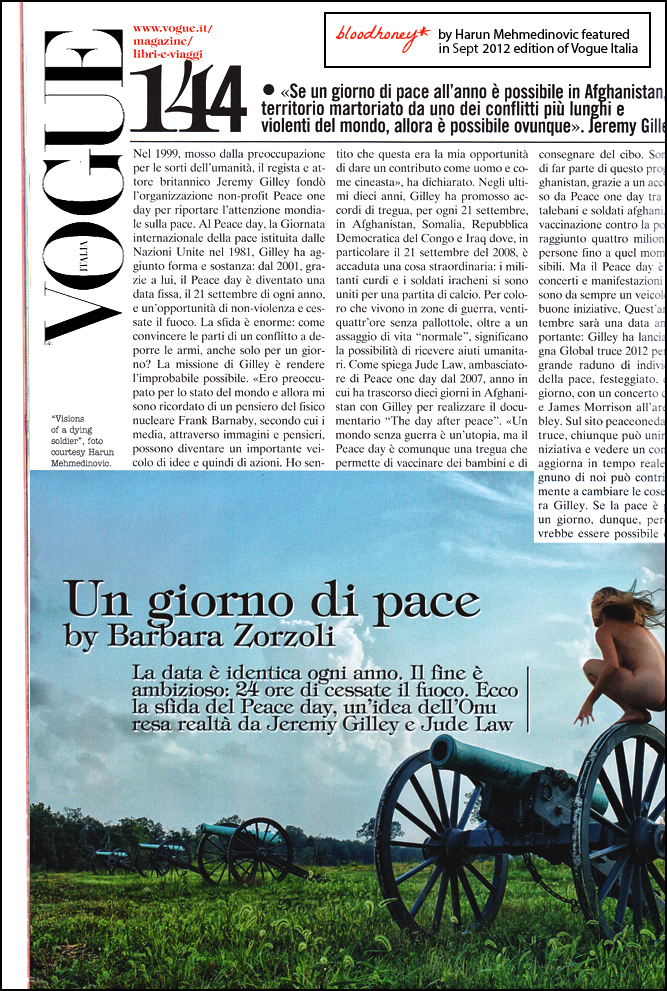
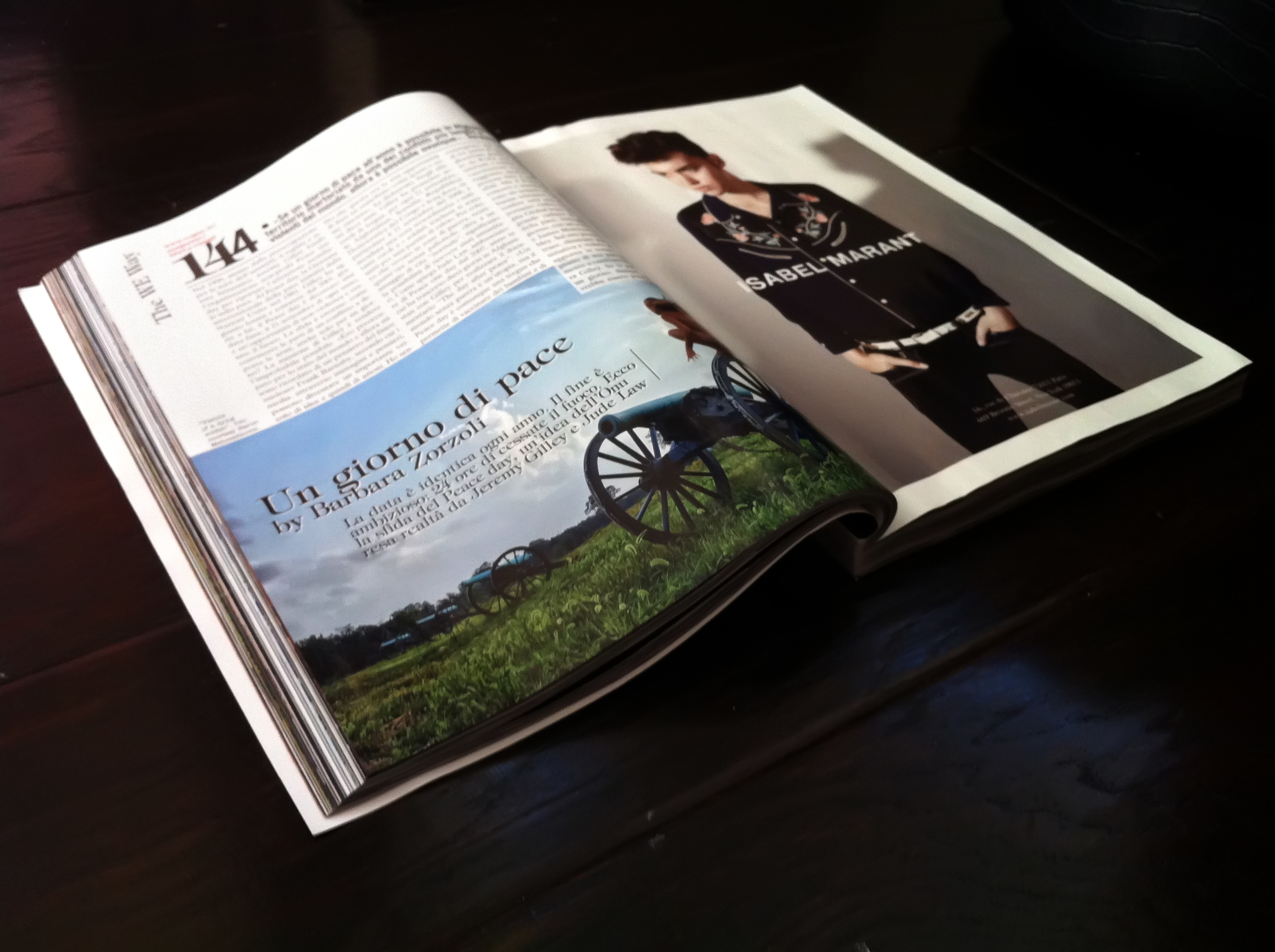
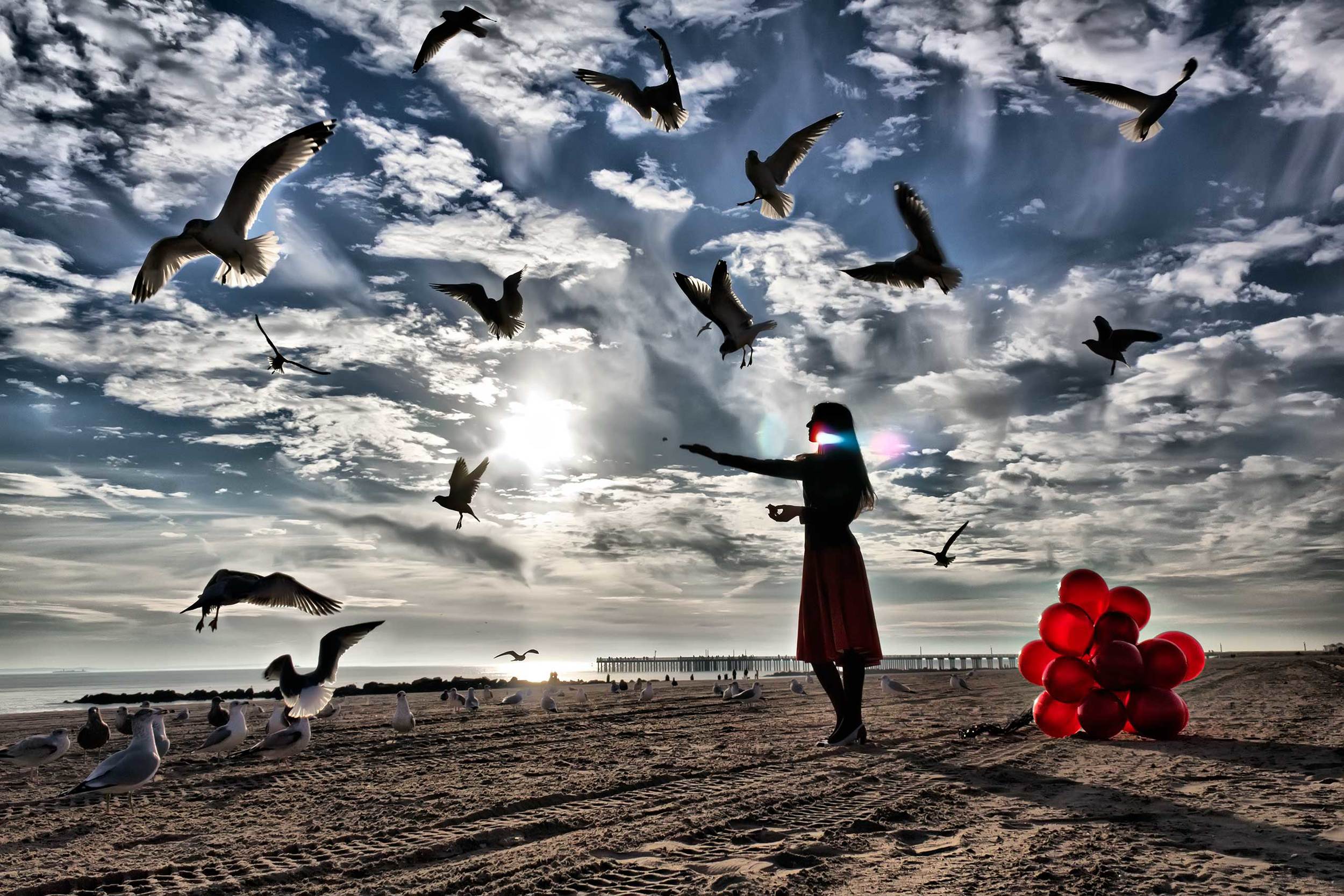
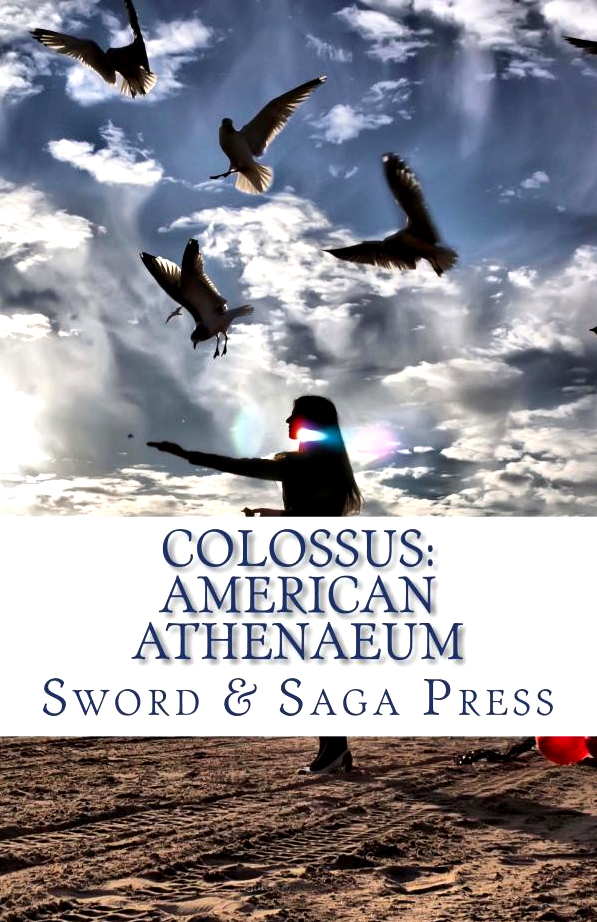

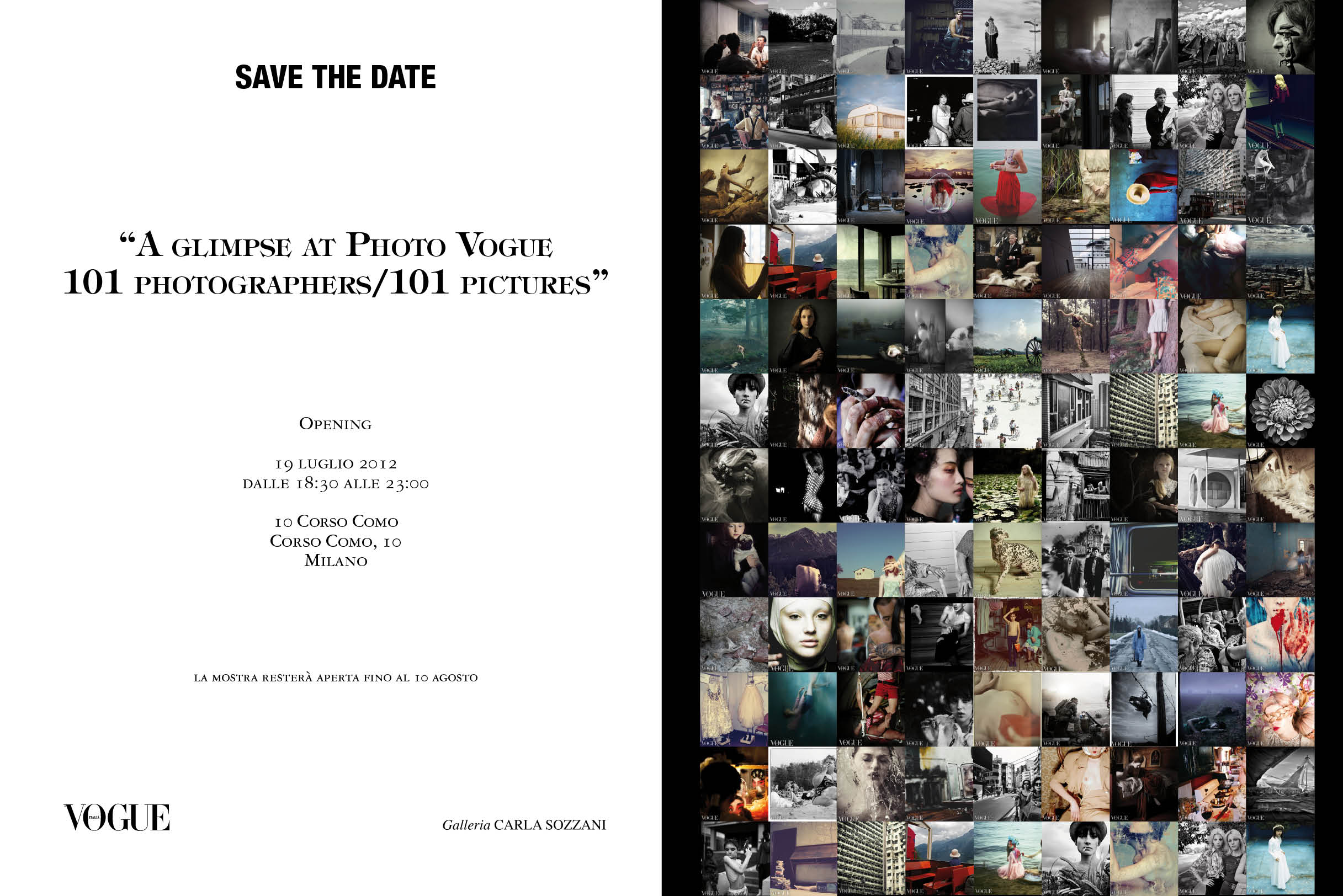
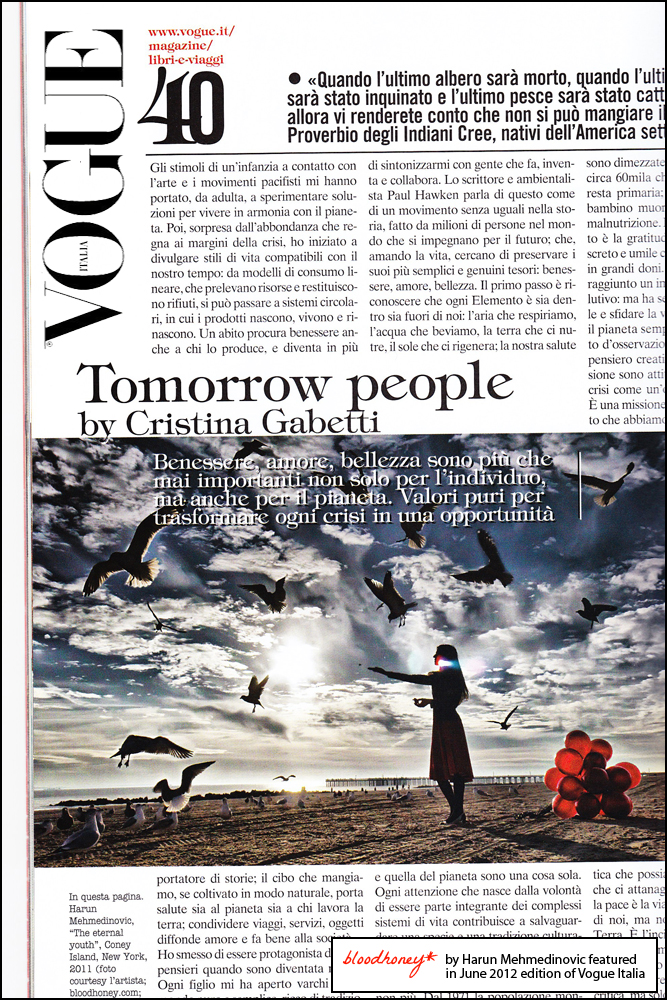
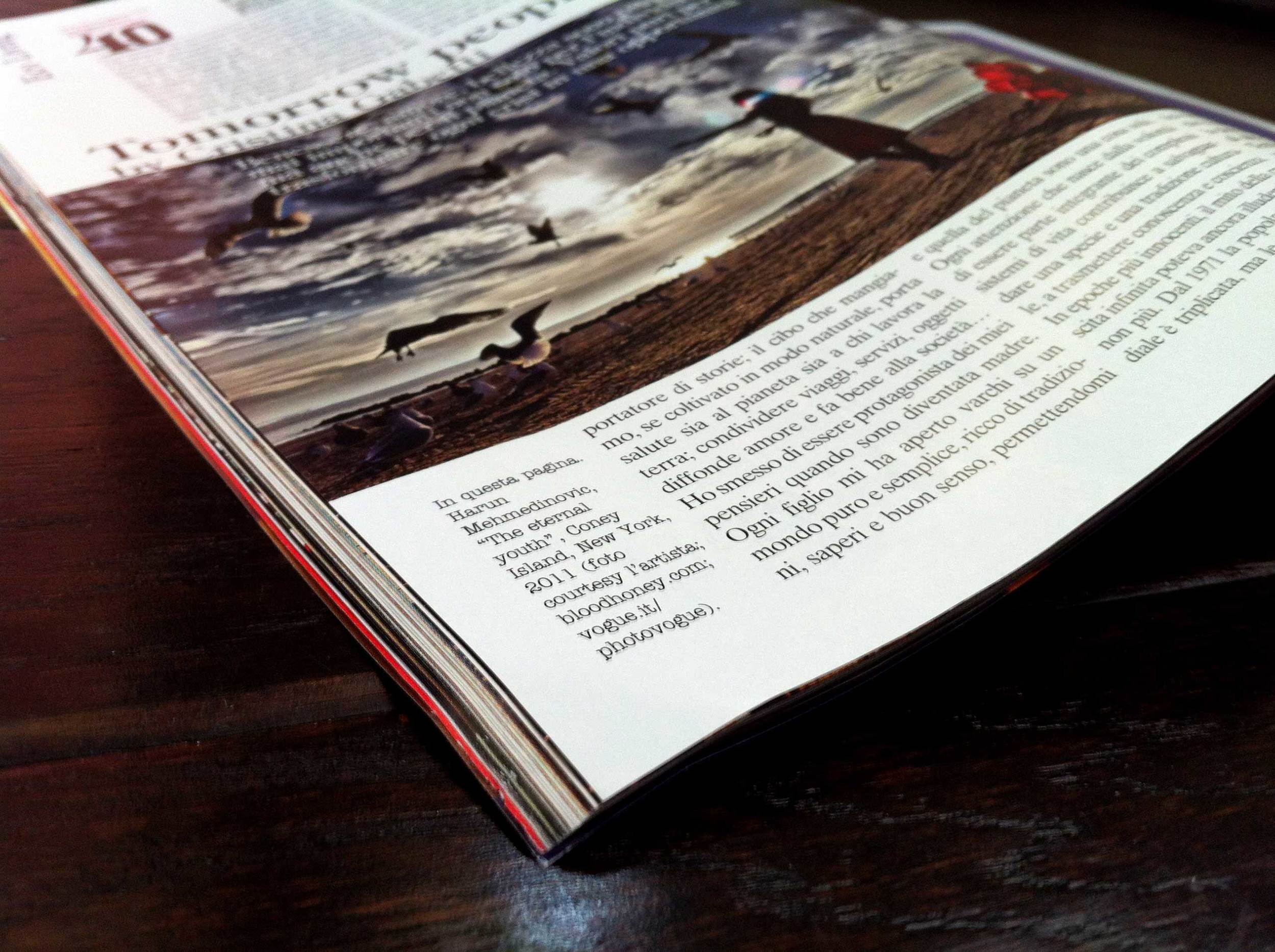 As a part of an article on Page 40.
As a part of an article on Page 40.
